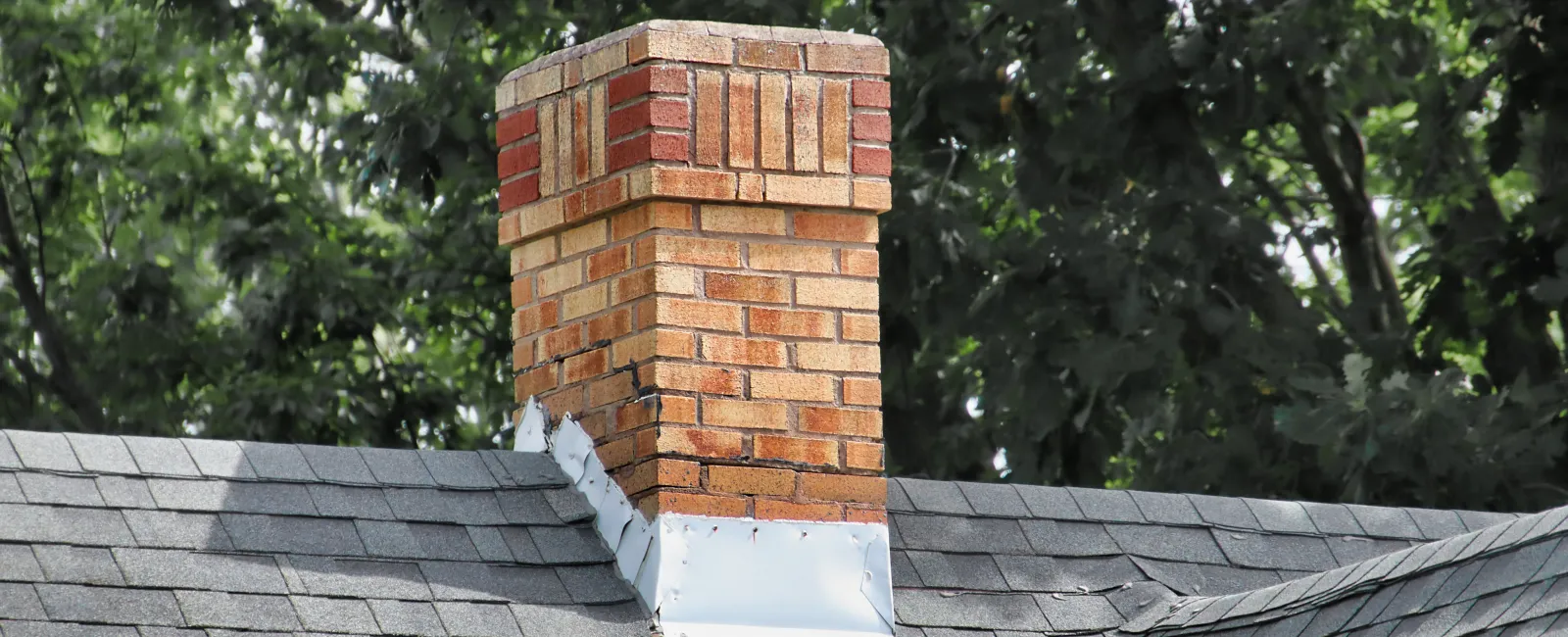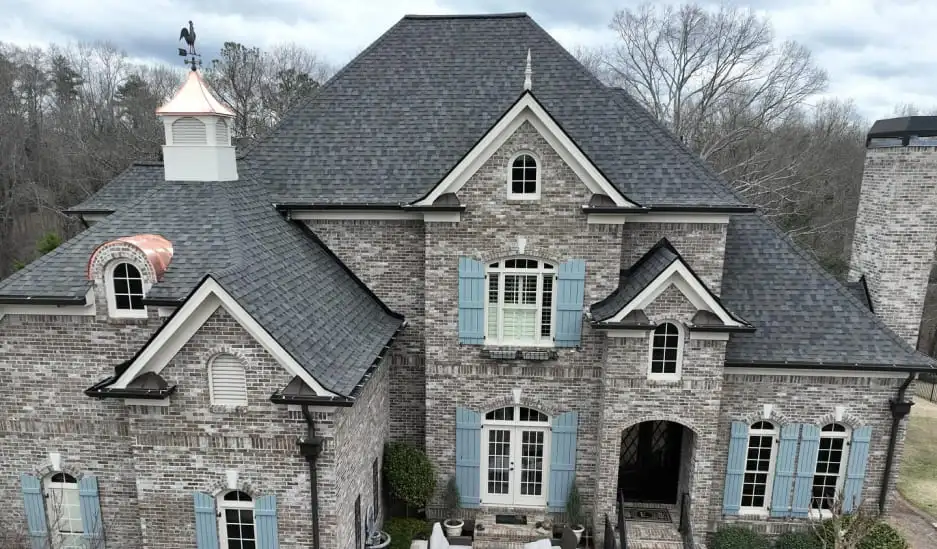Flashing is made of metal strips that are attached to all seams and edges of the roof to protect it. You can see flashing around the valleys of your roof, your chimney, and many other places. This flashing is important. In fact, one of the most common roof risks is a leak around faulty flashing. Let’s look at why.
Flashing Damage: Leaks Waiting to Happen.
Because flashing protects some of the most vulnerable parts of your roof, any damage to flashing is cause for concern. When flashing cracks or is bent upward, moisture is able to run inside to the roof seams. This poses an especially large problem during heavy rains.
While your roof is protected by underlayment (a membrane or roofing felt), some roofing materials will deteriorate if faced with ongoing moisture. This will cause a leak to form. Moisture damage is particularly annoying because it may run inside the flashing and create damage far away from the entry point. A full inspection of flashing is often needed to pinpoint the leak’s origin.
How Does Flashing Get Damaged?
Because flashing is made of steel or aluminum, you may think that it’s sturdier than your shingles and tiles. While flashing is designed to be tough, it can still crack, warp, and create “blow-offs” where the flashing is torn away completely. Common problems that increase these roof risks include:
- Poor installation: Flashing must be properly installed on a new roof. A sloppy or inexperienced job will quickly lead to leaks. This is why flashing projects are rarely a DIY endeavor – call in the professionals for this one.
- Poor repairs: Flashing must be repaired professionally—with the right nails, laps and sealant. It is easy to dent the strips of metal or forget important components if you do not know the right way to install flashing. The result is a repair that will only cause new leaks in the future.
- Human error: Roof risks include damage caused by accidentally stepping the wrong way when cleaning or repairing your roof. This can cause dents and cracks.
- Age and exposure: Age eventually wears down flashing. Flashing may warp through temperature changes, bend because of how your house foundation is settling, or develop problems with rust and residue. Old flashing should be replaced before it causes widespread issues.
- Winter problems: Winters tend to be particularly hard on flashing. Heavy rains will expose any weak flashing. In addition, ice or snow can pile up by flashing, causing moisture to seep under the metal strips or flashing to freeze.
Fixing Your Flashing the Right Way
While flashing damage is serious, it is also simple for experienced roofing contractors to fix. If you are worried about the condition of your flashing or seem to have a random leak in your home, call Findlay Roofing and arrange for a proper inspection.



